Brand differentiation. Why professional service firms need it to grow.
In mature sectors, the only way to grow ahead of the market is to take share from someone else. So, brand differentiation – being different and better for your target customers – becomes a critical success factor in any business strategy.
Marketers and rainmaking partners know that brand differentiation is crucial in winning new clients.
However, brand differentiation is a tricky topic in professional services because the marketplaces are incredibly crowded, and at face value, many firms feel that they offer near-identical services to their peers. So how can they differentiate?
This is how professional service firms should think about brand differentiation as part of their strategy.
The whole enchilada
In the consumer branding world, as competing products and services have generally become much better and more similar, brand marketing has shifted from focusing on a ‘unique selling point’ to something more like a ‘unique selling package.’
Today, brand differentiation is about defining and projecting a differentiated brand narrative – a combination of features and attributes that are woven together into a single, coherent story. Instead of the differentiation being about ‘feature X’ the whole package is differentiated.
This is how professional service firms should think about brand differentiation as part of their strategy.
Just turning up, being competent, isn’t enough; you need to be different and better to win.
Sticky stuff
When I speak to the decision-making clients of big professional service firms, I find that the vast majority really like and value the firms and the people they work with. “Super smart people who do a great job for us” is a typical comment.
This is great for the individual firms, of course, as it means their relationships are ‘sticky’. Next year’s revenues start with a serious amount of momentum, even if technically very little is guaranteed.
However, what struck me recently is that this ‘firm-by-firm’ stickiness means that overall, only a small fraction of the market is actually up for grabs in any period as the vast majority is, in reality, quite happily ‘stuck’.
So, if Firm A wants to grow faster than the natural inflation rate of the sector, they will have to beat Firms B-Z to the prize of some of the small fraction of the market that is actually in play this year.
That’s why pitching for new work sometimes feels like feeding time at the zoo; everyone develops sharp elbows and puts on their best game face. In this cauldron of intense competition, just turning up, and being competent, isn’t enough; you need to be different and better to win.
Different, how?
But, how can you project a differentiated brand if your product or service is more or less identical to the competition? How do you dislodge the incumbents by saying “hey, we’re just as good as them”?
The answer is to think about finding differentiation in your overall brand narrative, not just in the features of your products and services.
Branding has evolved this way, but still, in our heads, there’s a tendency to hark back to the days when some things were just ‘better’, and some were ‘worse’. Maybe too much box-binging on Mad Men?
Brand marketing has shifted from focusing on a ‘unique selling point’ to something more like a ‘unique selling package.’
What’s so special about you?
When marketing and branding became part of our everyday landscape, differentiation was more straightforward. Products and services were different, and those differences could often be identified and even measured.
Volkswagen built a brand on being more reliable when many cars weren’t. Volvo focused on safety when their vehicles were measurably ‘safer’ in crash tests. BMW focused on performance when BMWs were faster than their rivals.
Today, however, it’s almost impossible in many or most sectors to build a brand on differentiated features (USPs) because everything is the same.
Today, all new cars are ‘safe,’ all new cars are ‘reliable’ and all new cars are ‘fast,’ so these USPs which were once genuine have evaporated. Now VW, Volvo, and BMW have evolved their brands away from a focus on product differences to a differentiated brand narrative – often built on top of the old USPs but not so reliant on them.
Today BMW has developed a highly sophisticated and valuable differentiated brand narrative that combines attributes such as German-engineering kudos that Audi and Mercedes share, with ideas of performance, handling, and speed that are more true to BMW’s heritage.
This brand narrative is carefully designed, projected, and maintained among potential customers without relying on measurable USPs or even measurable ‘proof points’ of product differentiation.
To define your brand, you need to combine your natural strengths with a sense of where the future lies.
Make the right connections.
A critical feature of modern marketing is that it’s essential that the brand narrative taps into something that already exists in your target customers’ minds. An archetype that makes it possible to communicate what might otherwise be an incredibly complex set of ideas that make up your brand narrative.
Ralph Lauren’s preppy brand narrative taps into an idea that already exists. The idea of Apple as the maverick, creative genius in a world of engineers, captured in the line “think different,” is an idea that existed before and beyond Apple. They leverage it, and they own it in their field, but they didn’t invent the archetype, that already exists, often unconsciously in our heads.
In the world of professional services, all premium firms are amazingly good at what they do – it’s a qualifier for survival – smart people, deep experience, and an excellent track record.
There are admittedly a few areas where it is just about possible to be ‘the leading global expert in X,’ but it’s increasingly rare and usually pretty niche. Those firms that grow faster than the market go further, projecting a differentiated brand narrative that sits on top of their excellent services.
McKinsey, Goldman, Arup, and Kirkland are good examples of professional service firms that have established differentiated brand narratives in the market that give them a significant advantage over their otherwise near-identical competitors in the feeding frenzy of a competitive pitch.
The key to each is that they are authentic. From the first impressions at a distance through to the up-close ‘beauty parade’ and the Q&A afterward, these firms’ partners can live up to the ideas in their brand narratives and effectively communicate them through stories and anecdotes in a compelling and ultimately convincing way.
A great place to start is what you do well already.
Be yourself – only more so
How does a firm, which is excellent at what it does but doesn’t have a clear sense of its differentiated brand narrative, develop one?
A great place to start is what you do well already. It may not be in clear focus or well-articulated, but if it’s going to be authentic, then it must already exist in part. Talk to your rainmakers, your existing clients, and your prospects and contacts. Listen hard for elements that can contribute to your narrative, but be careful how to interpret what you hear. Your difference isn’t your people.
Your people are great, if they weren’t you’d have a big problem, (great = smart, responsive, helpful, etc.) but almost all people are great, and nearly all clients think their lawyers, accountants, consultants are great – but they’re not entirely objective when they say this.
It’s a bit like doing market research inside an Apple store and discovering that everyone you interview prefers Apple to Samsung. What’s the chance of that?
To define your brand you need to combine your natural strengths with a sense of where the future lies – growth, change, innovation, margins – and develop a compelling brand narrative that is authentic and ambitious.
Apple’s maverick, ‘artist in you’ brand idea is authentic and exists inside the company in a way that initially IBM and now Samsung can’t beat them on. Their brand is sustainably differentiated even if their products aren’t. They still have to be cutting-edge in product terms to compete, but the differentiation does not ride solely on a differentiated product proposition.
Remember Blackberry? Very much a product-based brand – the USPs of its platform security, and for a while, its keyboard. So, when rivals matched these USPs in such an intensely competitive market, the brand had no narrative to see it through, and people abandoned it overnight.
Brand differentiation is a vital part of any professional service firm’s business and growth strategy.
Critical element
Brand differentiation is a vital part of any professional service firm’s business and growth strategy. Done well, it creates a set of positive expectations that give your teams a competitive advantage ‘tailwind,’ and helps answer the tricky, “what’s special about your firm?” question at the end of the pitch meeting.
Rather than search in vain for highly differentiated features to focus the brand on – USPs – professional service firms should develop a differentiated brand narrative.
One that already (partly) exists in your target clients’ minds and can be attached effectively to your brand.
One that you can build into all aspects of the way the firm projects itself to the market, from communications right through to pitches and proposals.
End
If you enjoyed this article please like and share with others. If you want to recieve more like this from Principia you can subscribe here (bottom of page).


